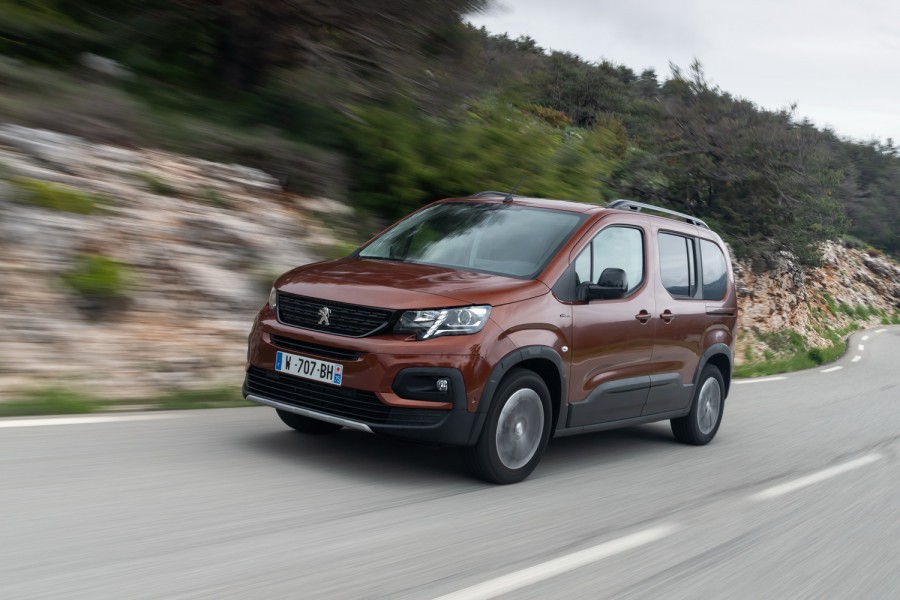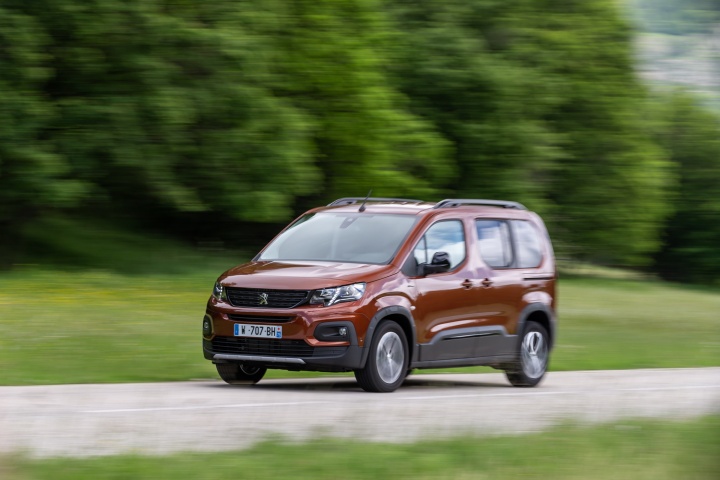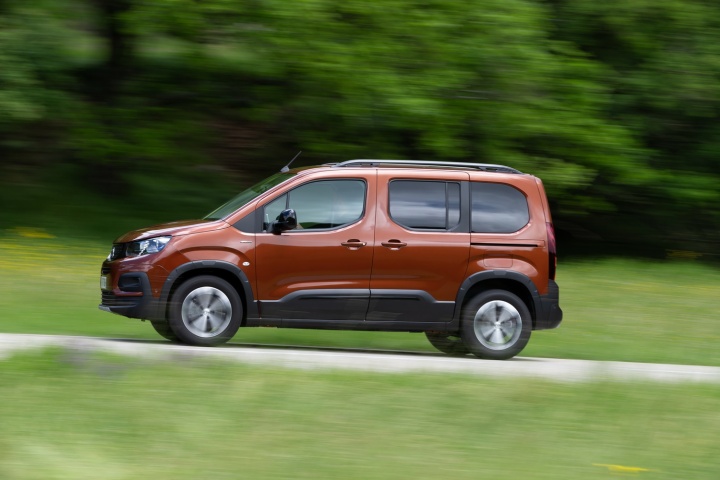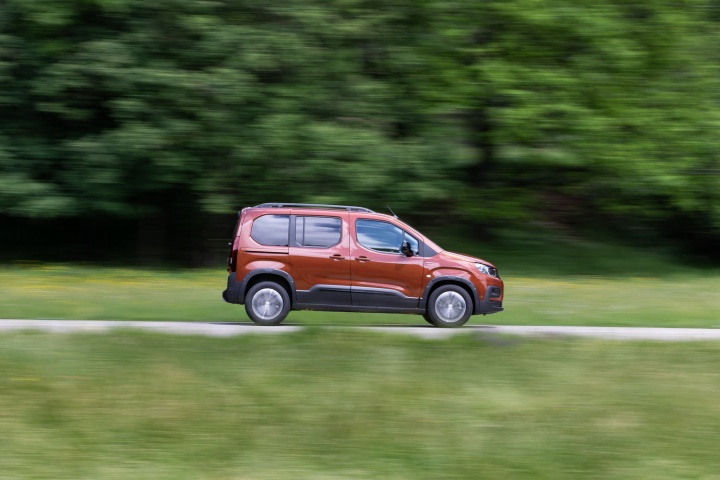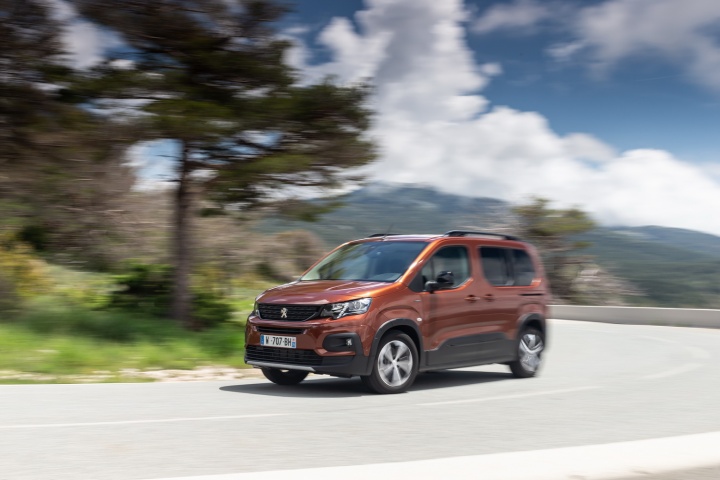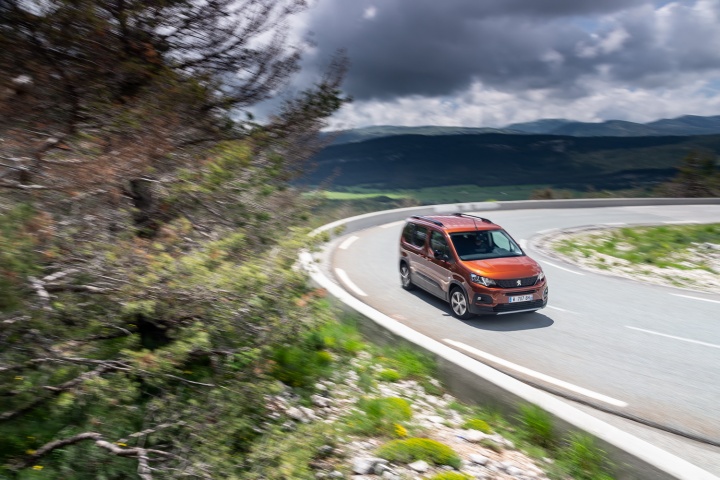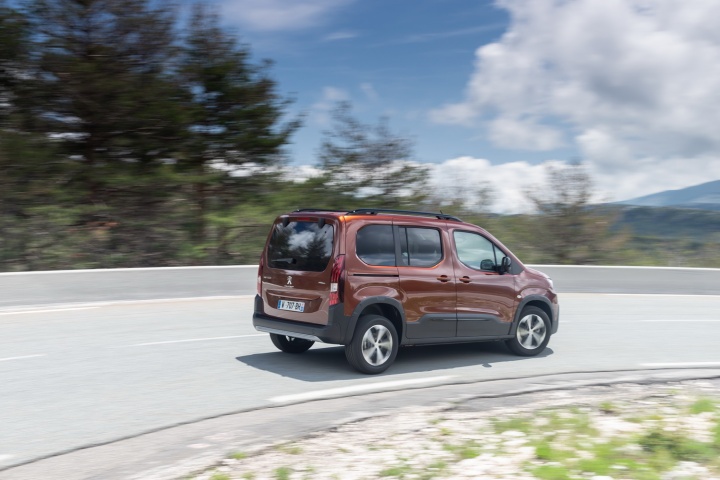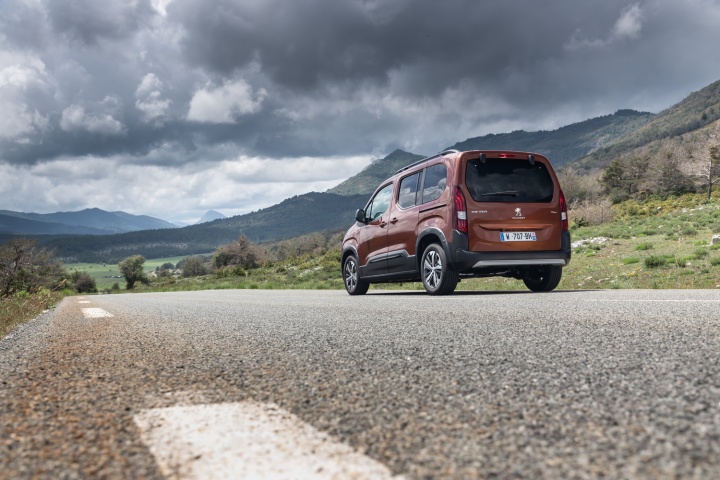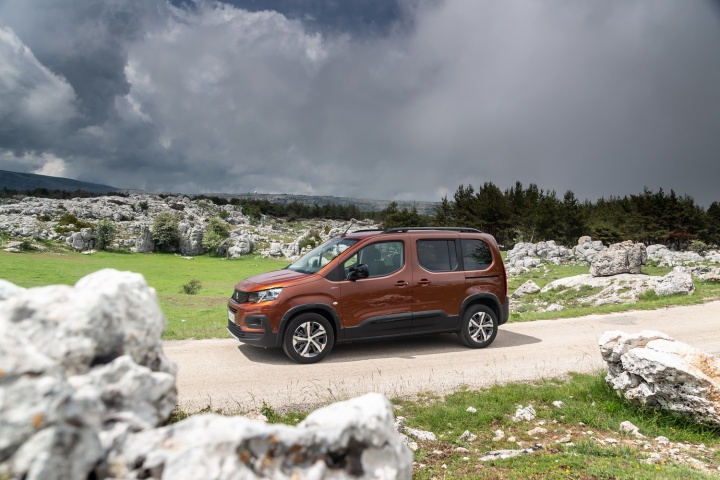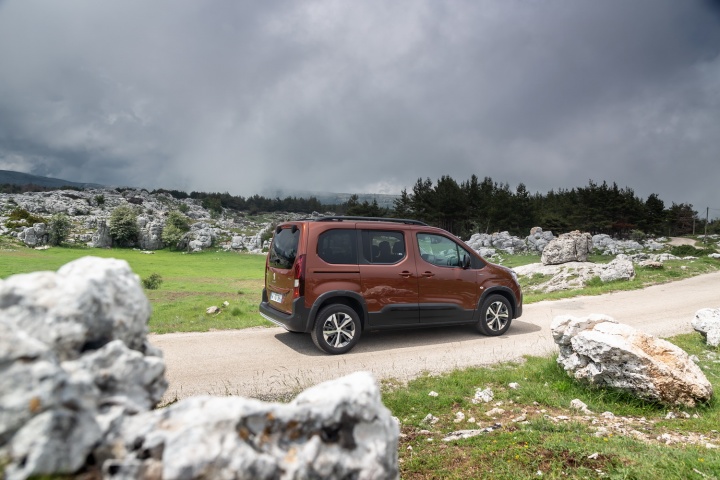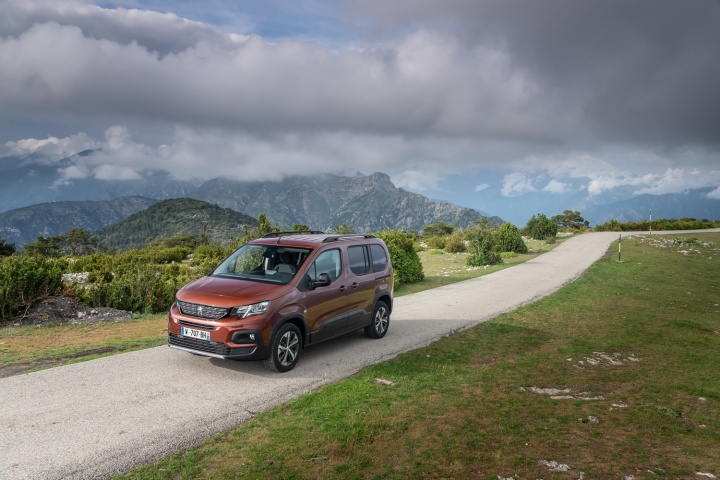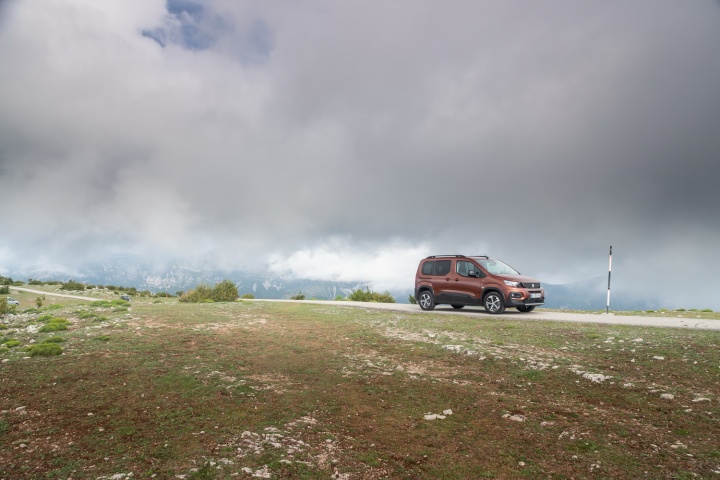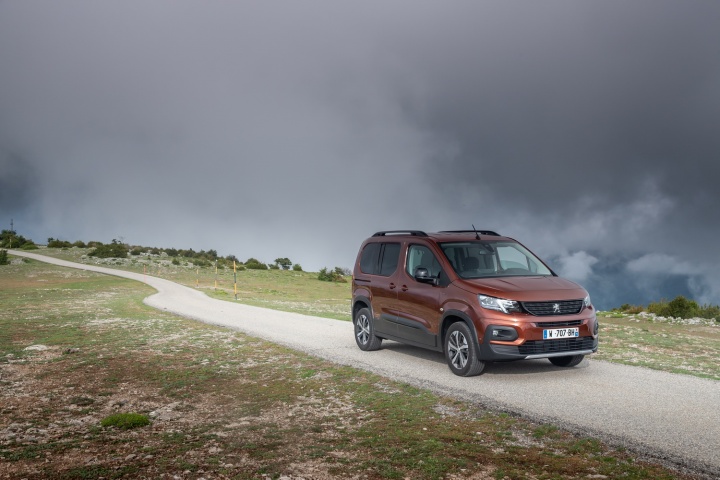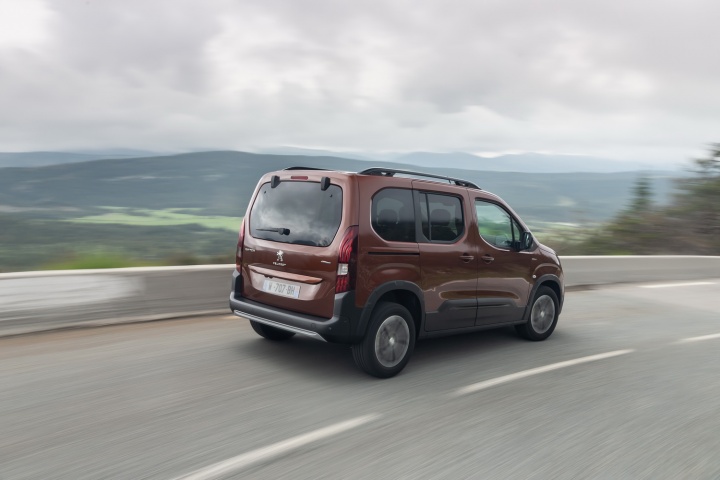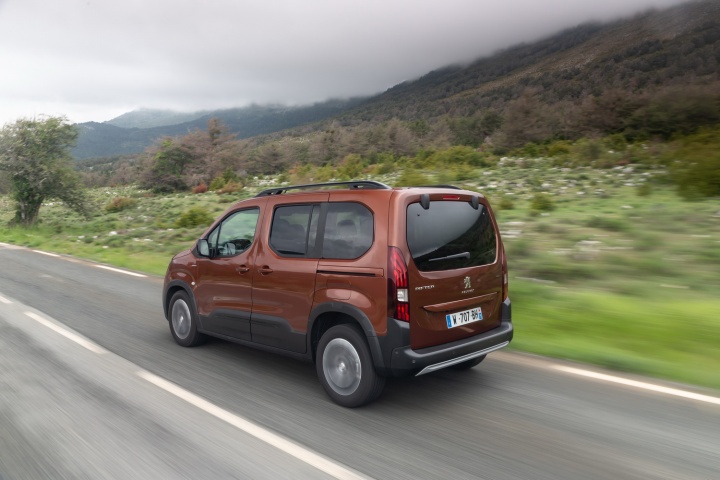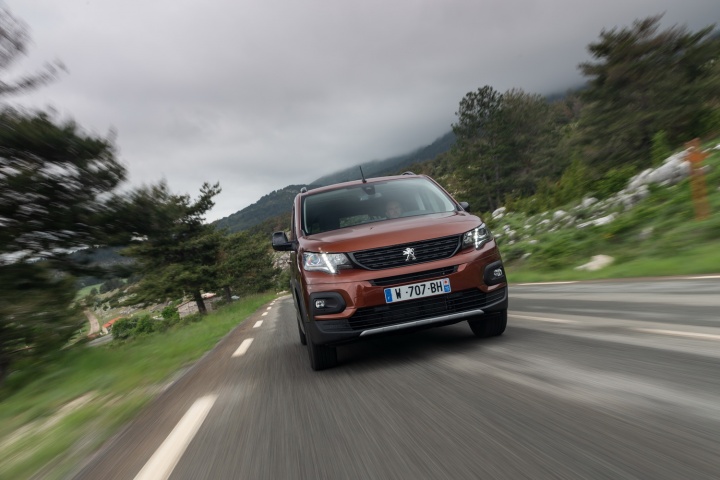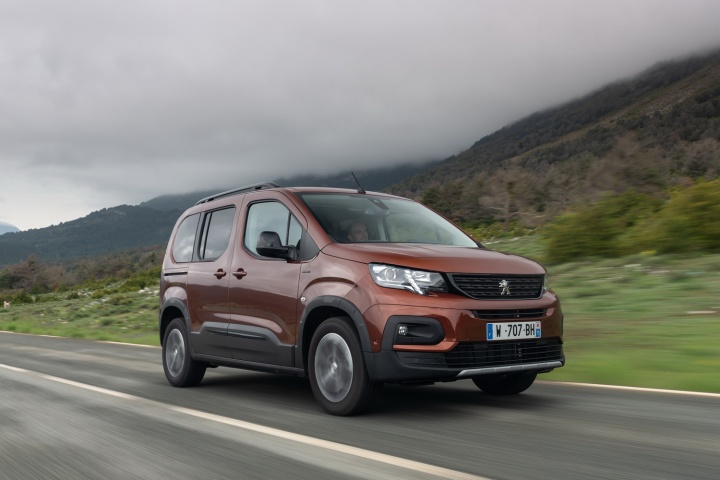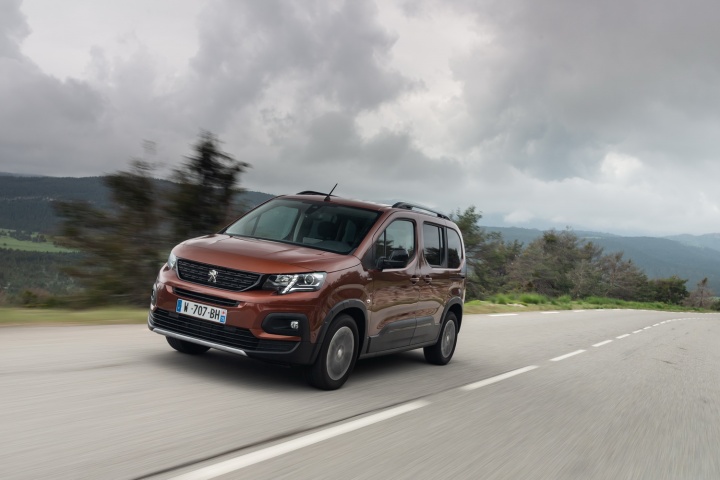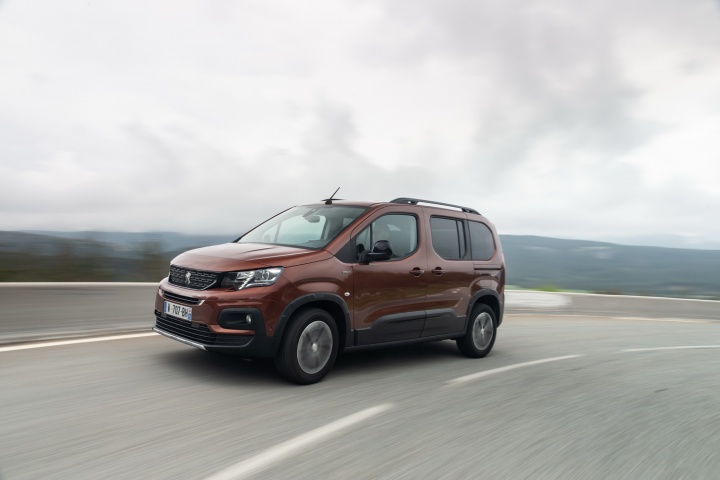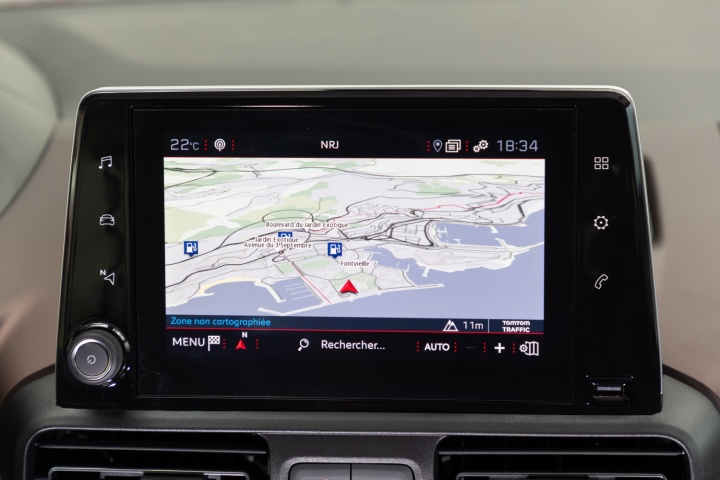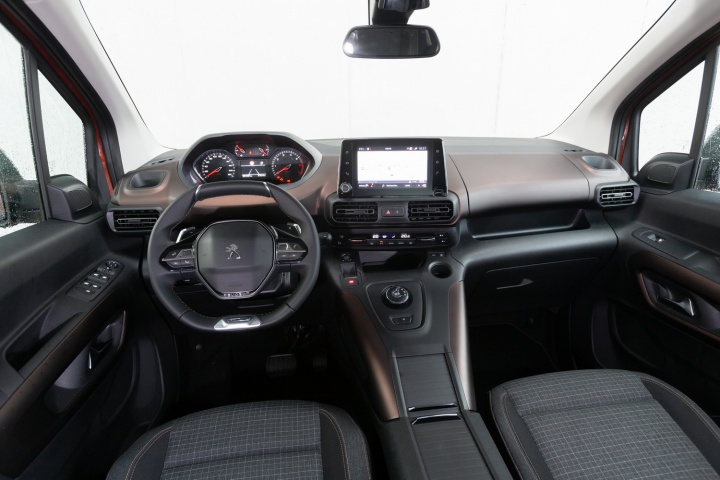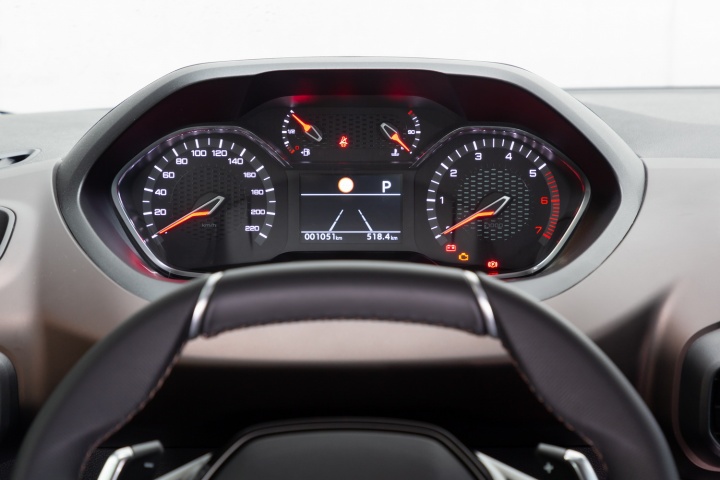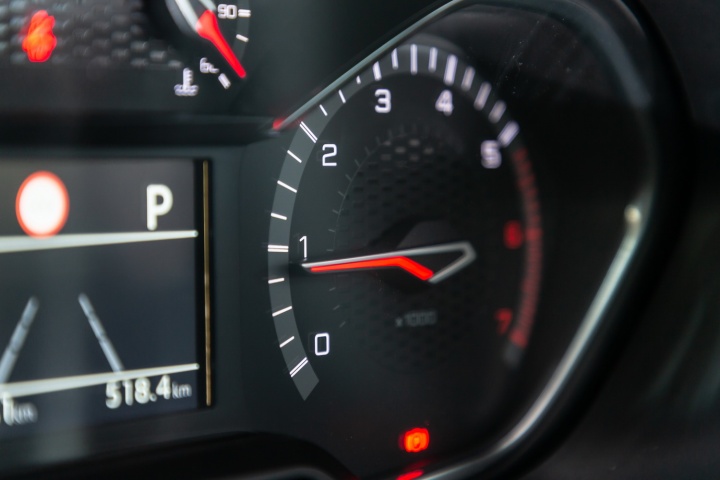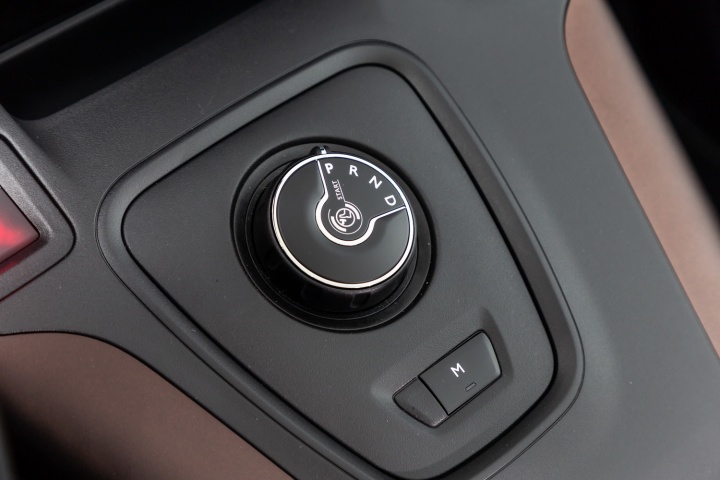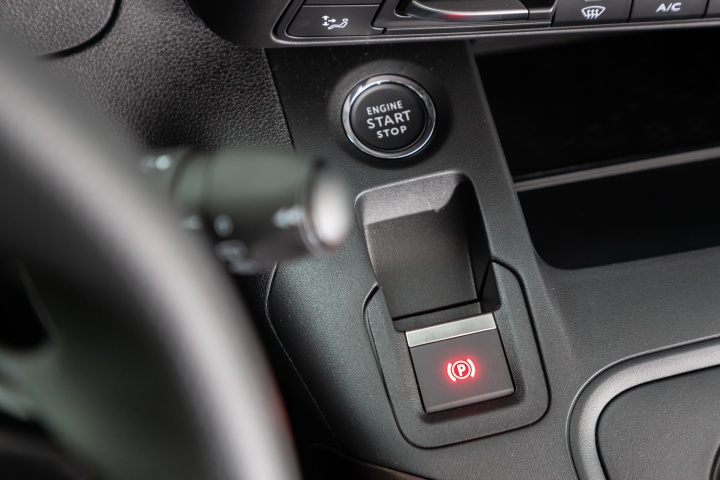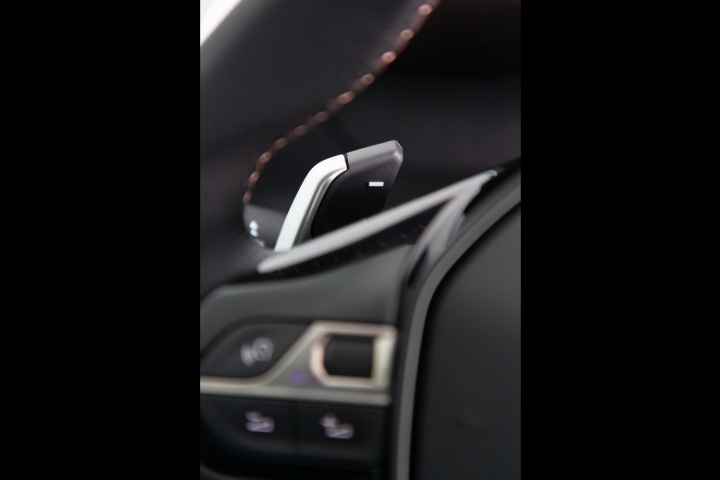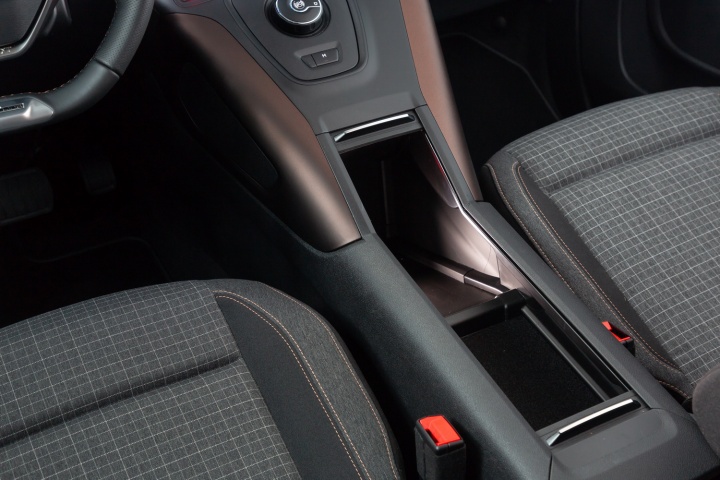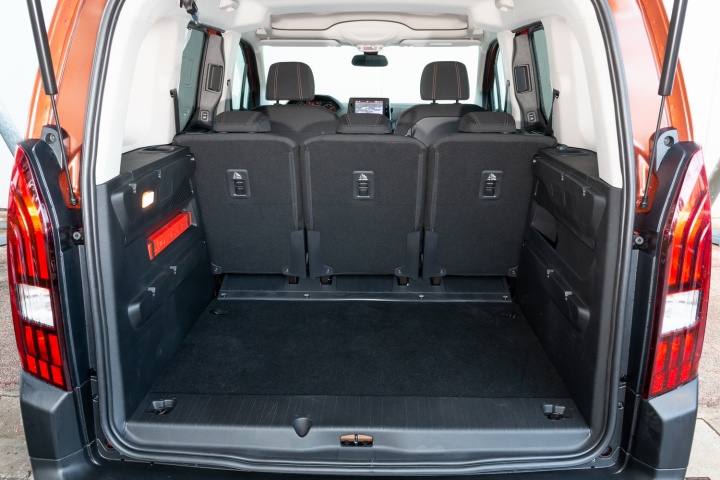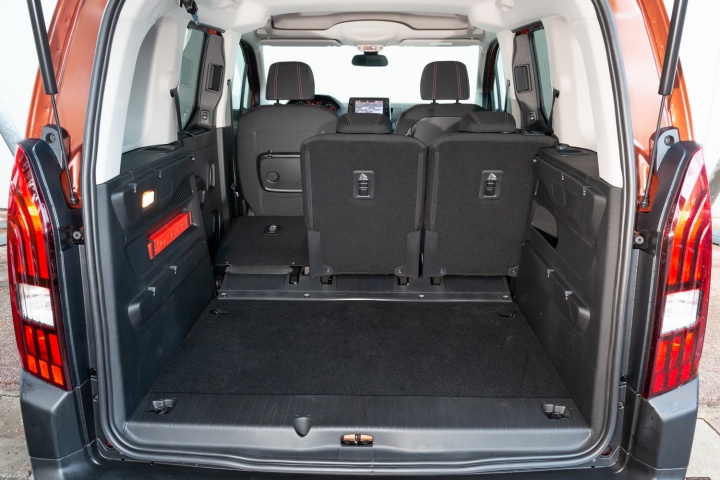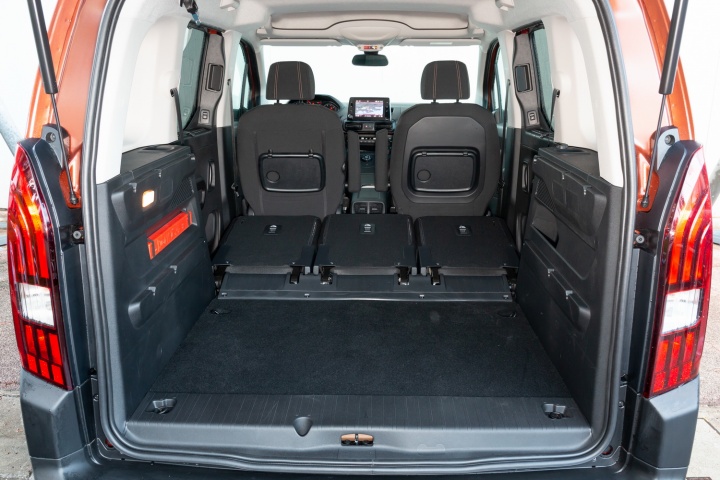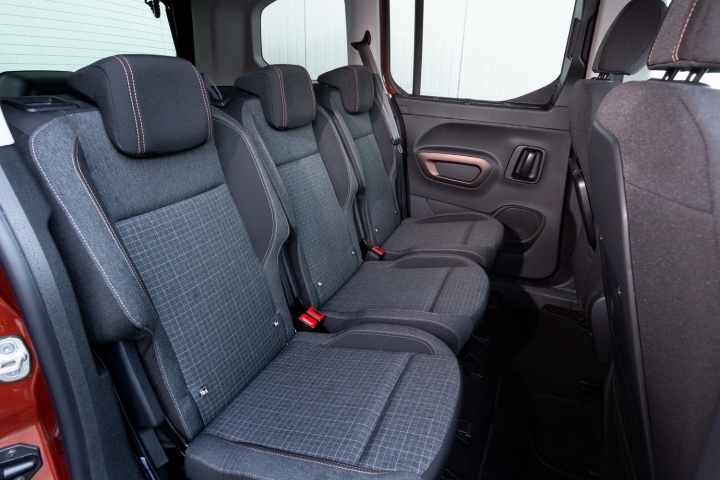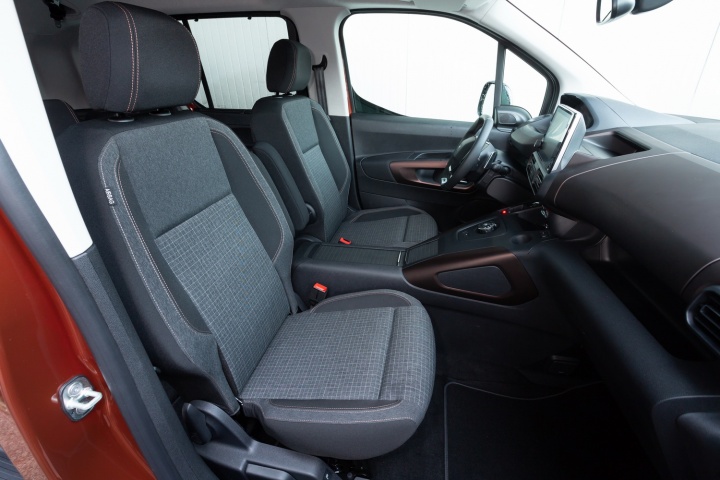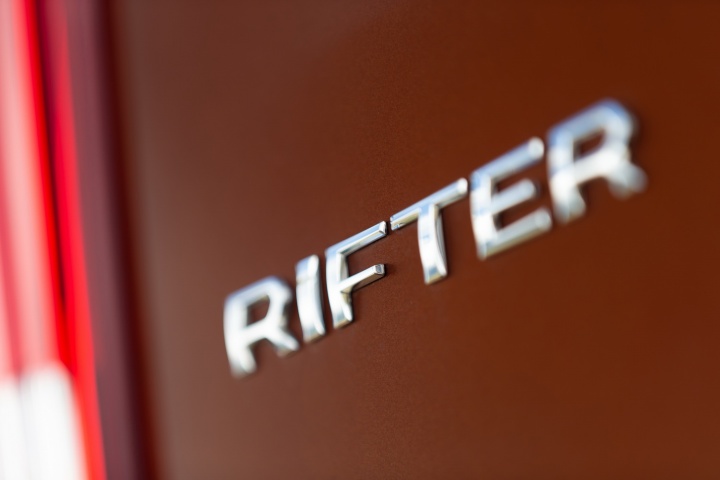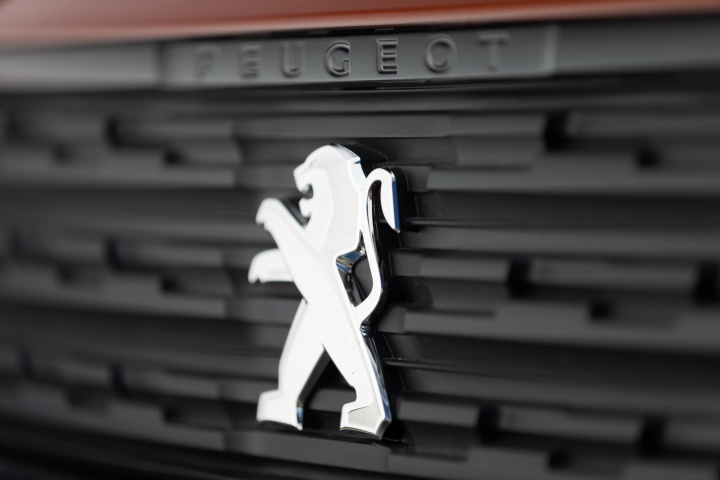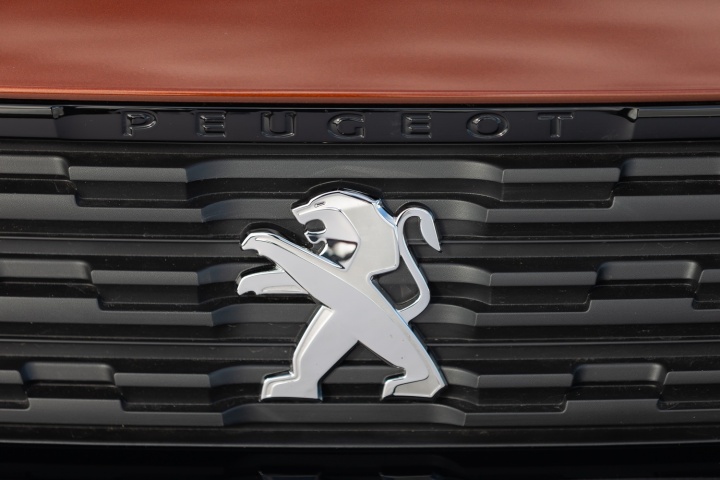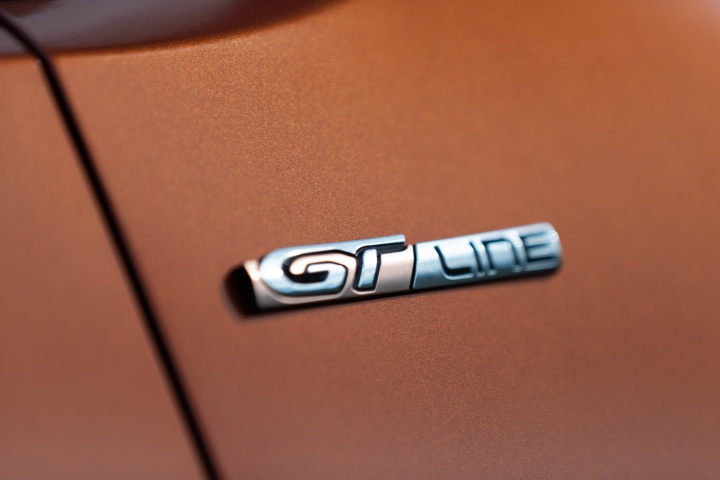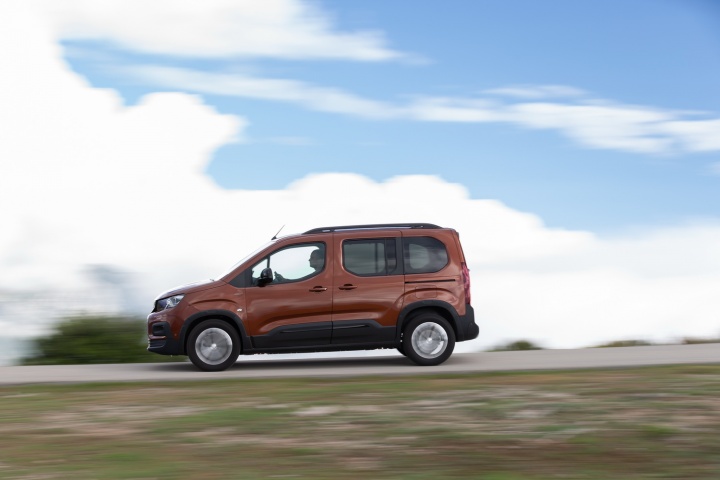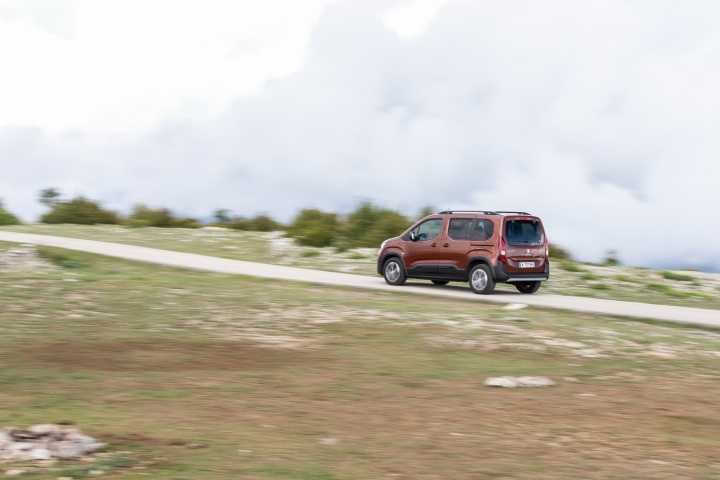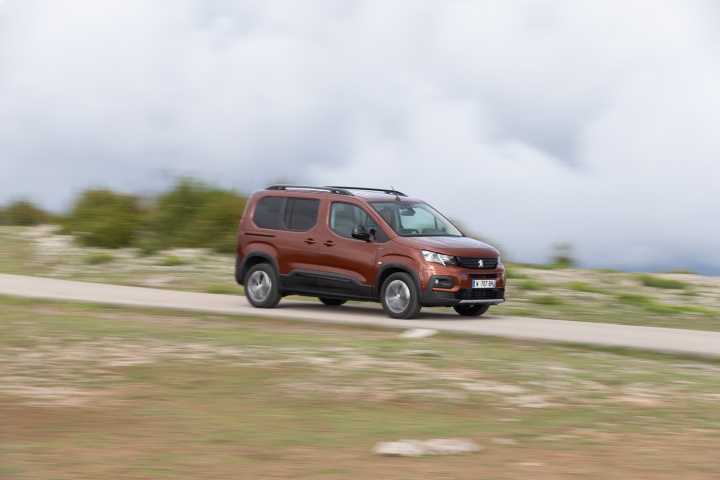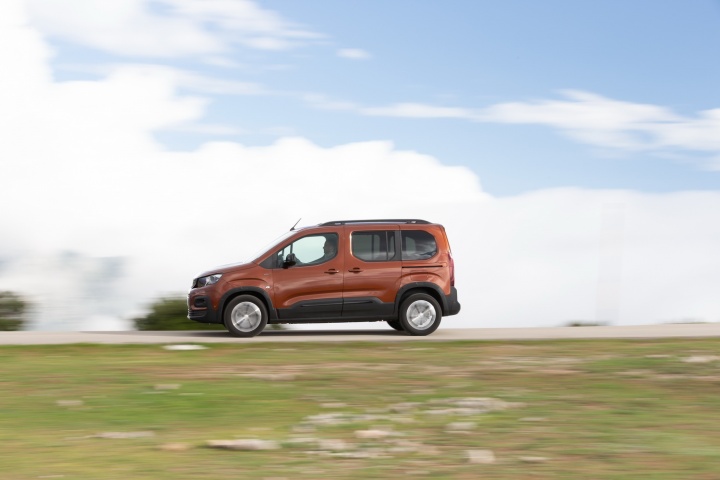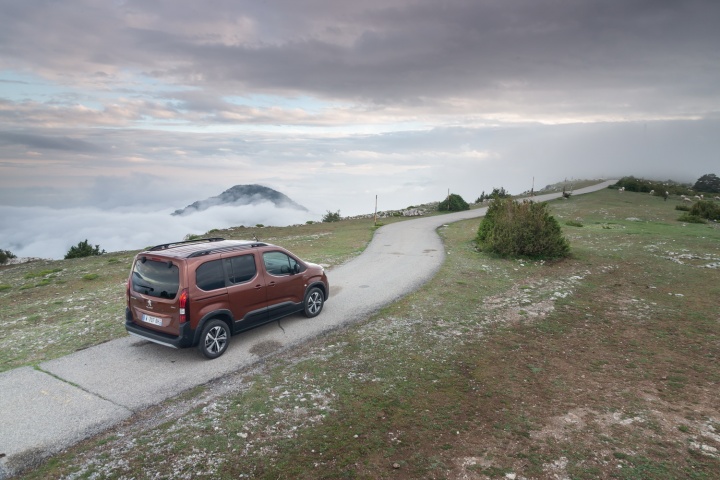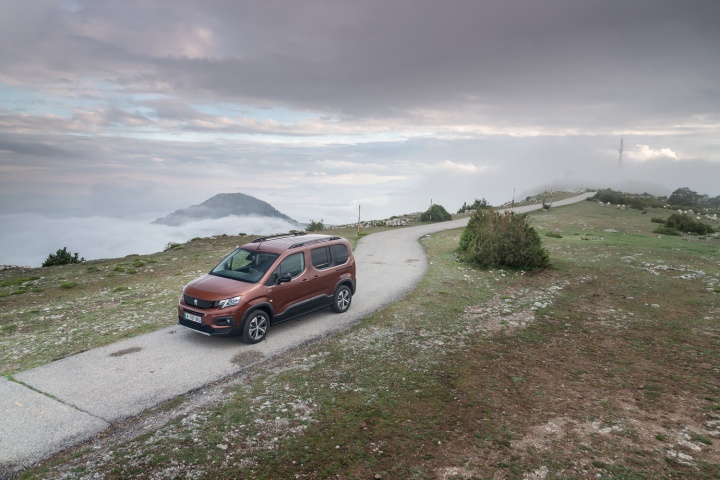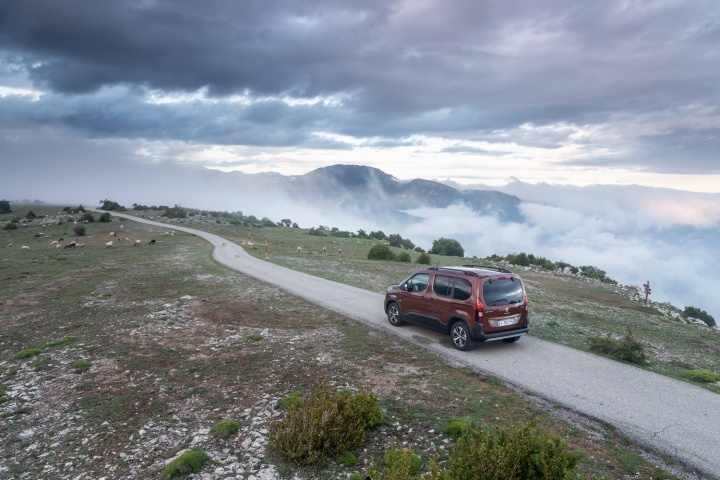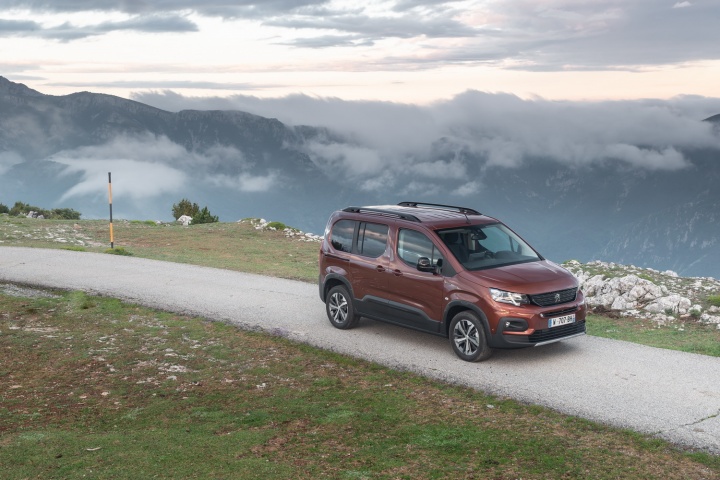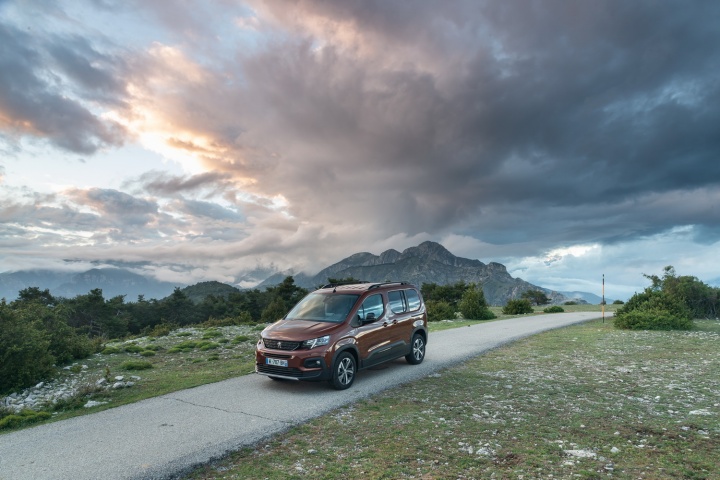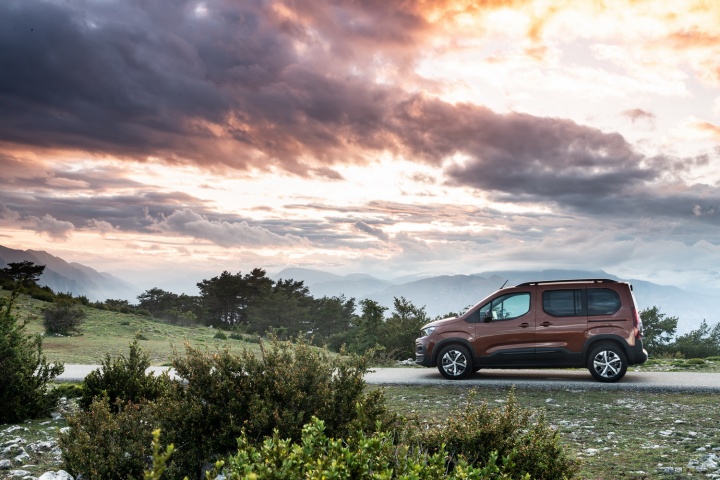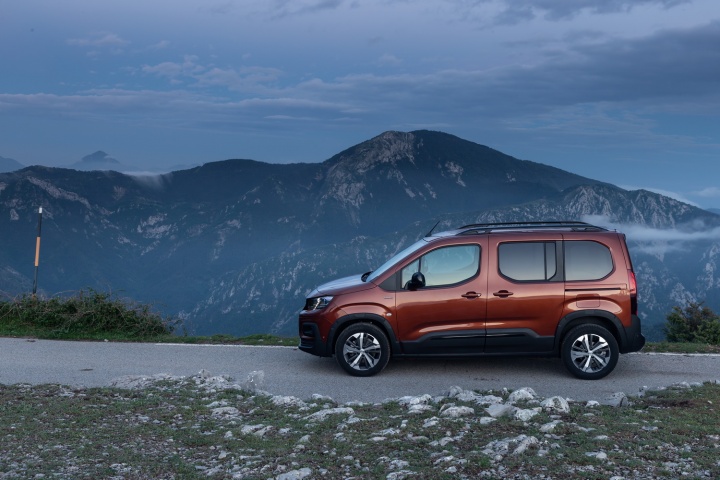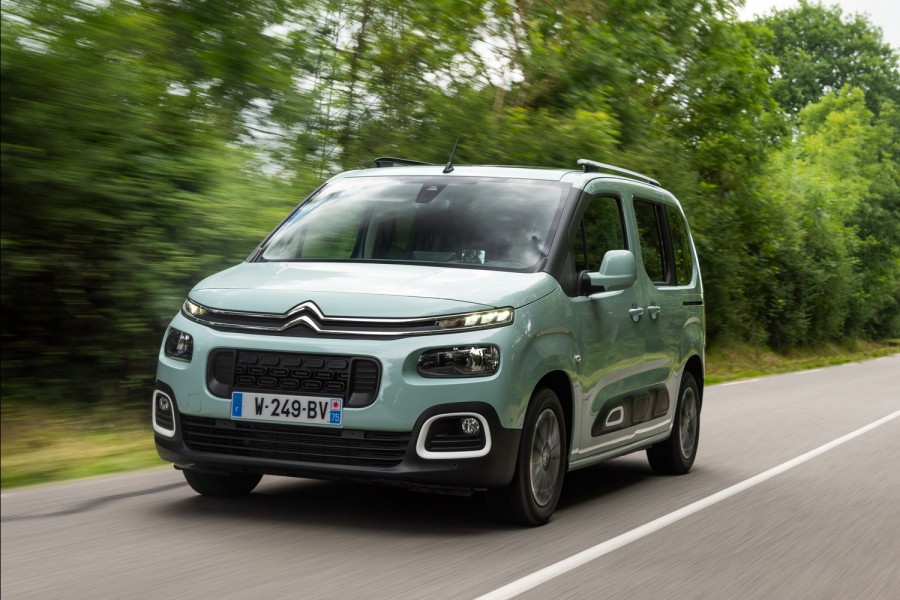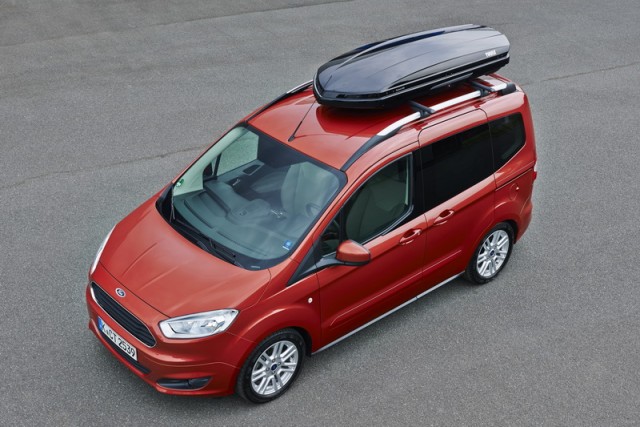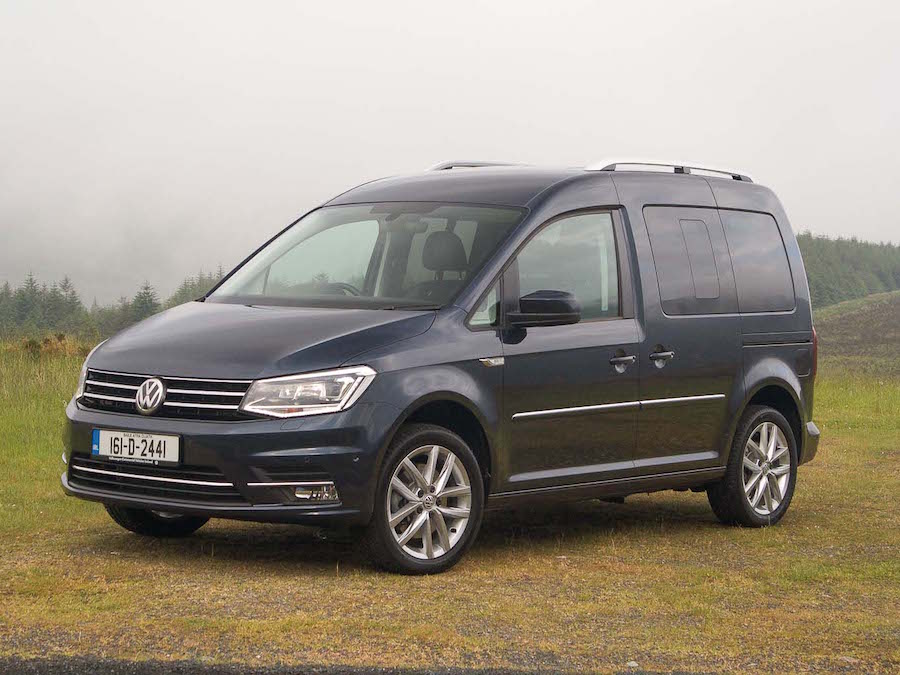Peugeot tries to divorce the civilian, people-carrying versions of its Partner commercial vehicle by renaming it Rifter, a word designed to make you think of adventures in exotic places like Kenya (erm... are other Rift Valleys available?), and then giving the resulting compact MPV the sort of styling cues that are seen on its current SUV range. So do you still want that Peugeot 3008, or can the Rifter tempt you into something a little boxier instead?
In the metal
So, the Peugeot Partner Tepee is no more. And in its place comes the Rifter. It shares its DNA with the Partner commercial vehicle that continues, but Peugeot wanted to keep the MPV model distinct from the workhorse van, so the Rifter name was drafted in. As is a load of SUV-inspired styling, such as the more integrated roof rails, the flatter bonnet line, the chunky lower-body cladding and some quite striking bumper arrangements. There are also chamfered window lines to give it a proper lifestyle vibe, although we must say that the one on the front doors impedes with resting your elbow on the door card with the window down in sunny weather. Nevertheless, with some bold colours on offer and even sporty GT-Line trim - as tested here - in the mix, the Rifter has an aesthetic appeal all of its own.
Inside, it's the sort of clever cabin arrangement you'd expect of a French MPV. The seats all shuffle and slide about the place independently, save for the passenger seat that is fixed in place but which can fold completely flat if you need it to, maximising load space (more on this in a minute). In terms of the visuals, the iCockpit theme of all modern Peugeots is used for the Rifter, although Peugeot has stopped short of popping the 12.3-inch full TFT screen in the instrument cluster. Instead, a pair of neat analogue dials frame a small digital display and work well with the Rifter's lofty driving position, while on the plusher versions of the MPV there's an eight-inch touchscreen for the infotainment. So, the interior looks nice and like the cabin of a passenger car, rather than the visual simplicity of a van's wipe-down fascia.
It's also rammed with storage facilities, as you'd imagine, and there's even a weird, transparent overhead storage 'bow' available on the models fitted with the optional panoramic roof, but the Rifter's interior is not without fault. There's a slight visibility issue with the malformed bases of the A-pillars and the plastics used - most notably for the automatic model's rotary selector dial - are workmanlike, rather than premium.
No matter; practicality is the Peugeot's forte. This is the 4.4-metre-long short-wheelbase (SWB) version, but soon, a 4.75-metre long-wheelbase (LWB) Rifter will be added to the line-up. Either of these can come with seven seats, although the two in the back of the SWB are cramped affairs, so it's likely most will stick with the five-seat option as tested. The boot, by the way, is colossal: on the SWB Rifter, capacity starts at 775 litres with five seats in place and rises to 1,414 litres with the rear seats folded down and luggage up to the window line, or a ginormous 3,000 litres if you load it up to the roof (that's where its van origins come into play in the right manner) - and then 3,500 litres if you fold down the front passenger seat, too; the corresponding figures on the LWB Peugeot are 1,050, 1,672, 3,500 and 4,000 litres respectively. Also, the lengthier Rifter can swallow items of up to three metres in length, which means it should be ideal for surfers who don't want to strap their boards to the roof of the MPV.
Engine options include a new 1.5-litre BlueHDi turbodiesel and the company's charismatic PureTech 1.2-litre three-cylinder petrol unit. Power on the BlueHDi is split three ways with 75-, 100- or 130hp, while the PureTech comes with either 110- or 130hp. A new 'EAT8' eight-speed automatic transmission replaces the old six-speed item and is available as an option on the highest-powered petrol and diesel models. The 75- and 100hp diesels get a five-speed gearbox as standard - and so are worth avoiding as, having driven a 100hp manual, the shift action is clunky and unpleasant to use - while all other models enjoy a slicker six-speed manual transmission. We chose to test drive a high-spec BlueHDi 130 EAT8 diesel for the review.
Driving it
The Rifter drives how you'd expect a high-sided, relatively narrow vehicle to drive: reasonably well, if not the last word in road-holding. All of its controls are light, rather than nuanced with feedback, so while you can hustle this MPV along at a decent lick (any Peugeot is normally a decent handler at the very least and the Rifter continues that trend), it's far happier simply ambling along at a genteel rate.
Whereupon you'll find the Rifter most pleasant. The amount of lean you get during cornering speaks of a comfy, cushioned ride and, despite the vehicle's obviously minimal concessions to aerodynamics, it actually cuts through the air reasonably quietly. There's not much to report in terms of tyre roar booming around the cabin and no part of the Rifter's bluff, upright stance makes a particularly loud rustling noise in the airstream when the MPV is travelling at speed. There are a few occasions where the Rifter feels a bit big from behind the wheel, but apart from those, it's equally happy in urban conditions as it is out in the countryside.
It's a good engine and gearbox combination too, although we'd say a later drive in a six-speed manual PureTech 110 would give the petrol alternative the nod as our preferred drivetrain. However, the diesel stays smooth and reasonably hushed, even when revved, and with a honking great 300Nm of torque produced at just 1,750rpm, the Peugeot feels sprightly for acceleration and mid-range pick-up. We also liked the EAT8, which slushes gear shifts in serenely, albeit there were a few occasions where it got itself in a bit of a flap and struggled to find a ratio. This was most obvious at give-and-take junctions, when you planted the throttle to take advantage of tight gaps; occasionally, the EAT8 would leave you stranded, rather than sliding neatly into the traffic flow.
What you get for your money
Peugeot Ireland has not confirmed prices yet, but in other right-hand-drive markets, the Rifter is well equipped almost across the board, with only the most basic model coming with a paucity of kit. Only one step up the trim tree is required to start bringing in the sort of equipment that most buyers want and need these days, so if it can hold its prices close to the outgoing Partner Tepee's, then the Rifter should be competitive value in the sector.
Summary
The Peugeot Rifter drives in a competent fashion and looks a bit more interesting than its immediate predecessor. With its clever, capacious and configurable cabin, it should make life very easy for the sort of families it is aimed at, although it's not hard to imagine customers heading to a Peugeot showroom with all the good intentions of buying a Rifter MPV, and then spotting one of the company's angular and extra-appealing SUVs in the dealership and signing up for a 3008 instead. Despite this, though, the Rifter is definitely one of the stronger contenders in the compact MPV market.

